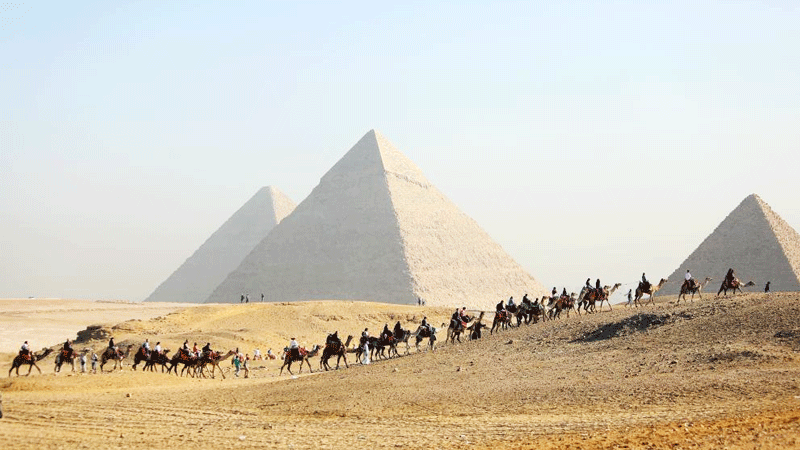Tourism helps Shanxi cliff village flourish
TAIYUAN, Dec. 14 (Xinhua) -- Perched on a cliff at an elevation of over 2,300 meters in Ningwu County in north China's Shanxi Province, Wanghuagou Village was dubbed the "hanging village" by local people.
The steep terrain and scanty arable land had once hampered the hard-to-reach village, condemning locals to a long battle with poverty. Today, thanks to improved infrastructure and connectivity, the village is thriving due to tourism.
For many locals, life was harsh about a decade ago. "We eked out a living by farming and we couldn't earn any money at all," said Niu Ernyu, a 68-year-old villager.
"The roads in the village were not safe," said Zhang Chengyu, another villager, adding that the wooden bridges were often broken so that animals and even people were seen falling from them.
China proposed a targeted poverty alleviation policy for people in poor areas in 2013, which called for accurate identification, assistance and management of poverty alleviation targets. This it did through scientific and effective procedures, while keeping in mind the environments of different poverty-stricken areas and the conditions of different poverty-stricken households. In other words -- finding tailored solutions for each case.
The first poverty alleviation assistance team arrived at the Wanghuagou Village in 2016. There were 129 people registered in the village, 58 of whom were identified as impoverished. The team, based in the village, set out the plan based on the overall situation of the village, with a focus on helping poor households.
In order to secure a stable source of income for the villagers, the team made use of a designated fund for developing local industries and bank loans to invest in local tourism companies, from which poor households could receive dividends.
"Every poor household can receive dividends of about 3,000 yuan (about 431 U.S. dollars) to 4,000 yuan each year," said Qin Junshan, a member of the poverty alleviation assistance team.
Qin added that some job opportunities were also created for poverty-stricken households, such as forest rangers and cleaners.
Taking advantage of the unique local geography, the team helped the villagers develop tourism. In cooperation with the tourism company, the village infrastructure has been continuously improved.
A concrete road was constructed from the foot of the mountain to the village. Dilapidated houses in the village have been restored and garbage cans, street lamps and gazebos have been set up along the old village for the first time. This infrastructure development contributed to the local tourism boom.
"The village garnered almost 280,000 yuan in collective income in 2021, which was unthinkable before," said Zhang Jianzhong, former director of the Wanghuagou Village Committee.
Zhang added that most of the village's collective income has been earmarked for infrastructure construction and villagers' various insurance schemes.
Seeing tourism thriving in the village, Wang Jianming, a migrant worker, decided to give up his job and return to his hometown. By now offering accommodation and food to tourists, Wang is living a wealthier and happier life.
"As there are more and more tourists, my small restaurant can earn 30,000 to 50,000 yuan in half a year. At the same time, I can take care of my family here, which is better than before," Wang said.
Thanks to this targeted poverty alleviation policy, the final 98.99 million impoverished rural residents in China were all lifted out of poverty, and all 832 impoverished counties had been removed from the poverty list by the end of 2020.
"We no longer need to worry about our livelihood and the village is hustling and bustling," said Wang.
Photos
Related Stories
- China's theme parks see robust revenue growth in 2021
- Saudi Arabia calls for creating global tourism innovation index
- China's tourism market gains new momentum
- China plans to boost development of camping tourism
- Rural tourism promoted in China's Hainan
- Innovation boosts rural tourism in southern China
- Turkmen student impressed with revival of riverine town
- Tanzanian VP opens 6th edition of Swahili International Tourism Expo
- Tourism provides development engine for village
- Homestays help mountain village thrive
Copyright © 2022 People's Daily Online. All Rights Reserved.









